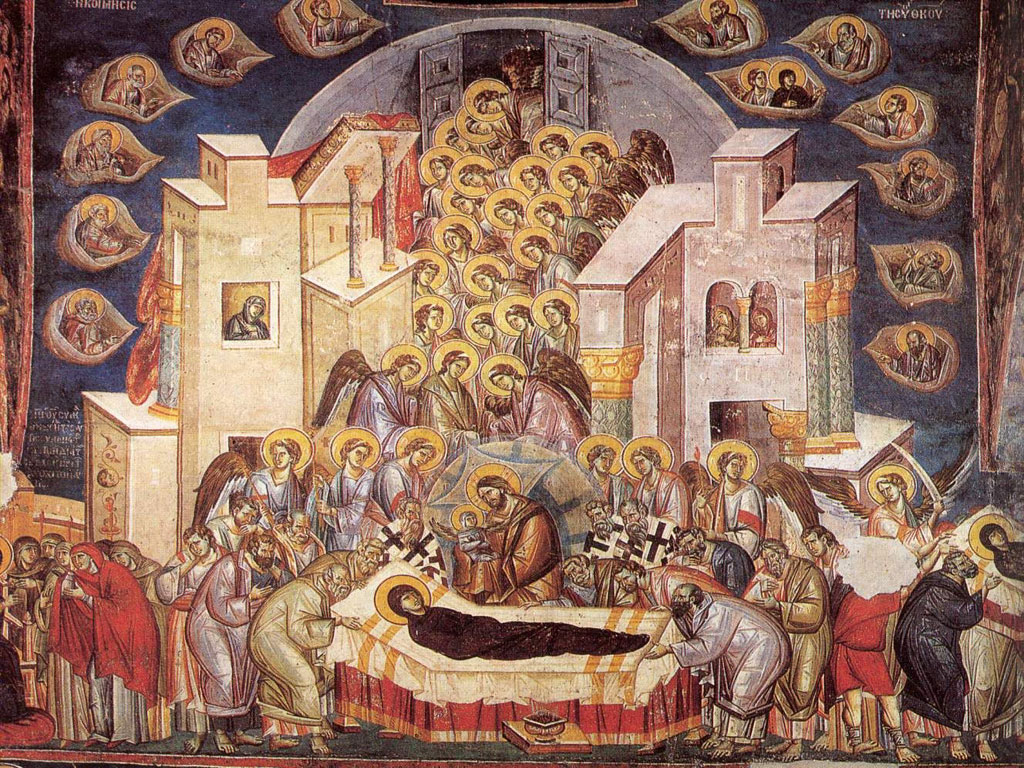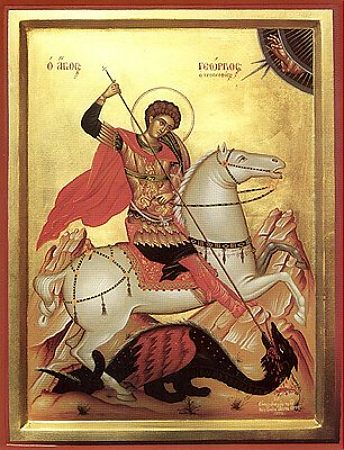Science
To see Christ in all things
7. September 2012 - 14:54
Interview with His Eminence Metropolitan of Diokleia Kallistos Ware
In Piva Monastery, Montenegro, The Feast of the Dormition of Theotokos, August, 28/15, 2012.
Your Eminence, as a president of the society „The Friends of Mt. Athos“, could you tell us a couple of words about the role and significance of Athonite spirituality in the United Kingdom and in the Western world.
The first think to keep in mind is that Athonite monasticism is something universal. It belongs to entire Orthodox Church. Of course, the greater part of the monasteries on the Holy Mountain belongs to the Greek tradition, but Athos has never been exclusively Hellenic, as we know, there are Russian, Bulgarian and above all Serbian monasteries on the Holy Mountain. In the Byzantine era there was even a Latin monastery on the Mount Athos with monks using Latin in their services. So in this way, for us Orthodox in the West, Athos also is a center. The universal center of attraction, representing the highest ideals of Orthodox monastic prayer and spirituality.
Saint Sava Seminary - the oldest school in Belgrade
7. September 2012 - 10:46 Majority of the residents of the Serbian capital does not know that the oldest educational institution in the Belgrade in the city is the Saint Sava Seminary, founded in 1808 by then minister of education Dositej Obradovic.
Majority of the residents of the Serbian capital does not know that the oldest educational institution in the Belgrade in the city is the Saint Sava Seminary, founded in 1808 by then minister of education Dositej Obradovic.
The next year the school was closed because of the collapse of the First Serbian Uprising, but it was opened again in 1836 thanks to the devotion and the effort of Metropolitan Petar Jovanovic.
The Dormition Fast
15. August 2012 - 13:08 The Dormition fast was established as preceding the great feasts of the Transfiguration of the Lord and of the Dormition of the Mother of God. It lasts two weeks—from August 1/14–August 14/27 (old style/new style).
The Dormition fast was established as preceding the great feasts of the Transfiguration of the Lord and of the Dormition of the Mother of God. It lasts two weeks—from August 1/14–August 14/27 (old style/new style).
The Dormition fast comes down to us from the early days of Christianity.
Synaxirion for the Sunday of All Saints
12. June 2012 - 10:57On this day, the Sunday after Pentecost, we celebrate the feast of all the Saints from throughout the inhabited world, in Asia, Libya and Europe, in North and South.
Verses
I sing the praise of each friend of my Lord,
If any would, let them now list them all.
An On-line Church Slavonic Study Tool: The Orthodox Electronic Publishing Society
1. June 2012 - 9:21As the Russian Orthodox Church celebrates the “Days of Slavic Culture”, which yearly begins on the feast of Sts. Cyril and Methodius (May 11/24), Pravoslavie.ru/OrthoChristian.com would like to note a useful website created as an aide to anyone interested in learning more about the Church Slavonic language. This language has liturgically united Russian, Ukrainian, Serbian, Bulgarian, and other Slavic Orthodox peoples for many centuries. Many modern converts to Orthodoxy also attend churches that use this liturgical language. Contemporary Slavs rarely study Church Slavonic language academically; they find that they begin to understand it naturally according to their zeal for attending services and praying in this language of their fathers, the language of their saints. It is encouraging to see that resources are appearing for the benefit of those who would like to know more about Church Slavonic but have no previous knowledge of any Slavic language.
The Holy and Great Martyr George
7. May 2012 - 8:34 The Great Martyr George was the son of wealthy and pious parents, who raised him in the Christian faith. He was born in the city of Beirut (in antiquity - Berytos), at the foot of the Lebanese mountains.
The Great Martyr George was the son of wealthy and pious parents, who raised him in the Christian faith. He was born in the city of Beirut (in antiquity - Berytos), at the foot of the Lebanese mountains.
Having entered military service, the Greatmartyr George stood out among the other soldiers by virtue of his mind, valor, physical strength, military bearing and beauty. Having quickly attained the rank of millenary [tribunus millenarius, an officer in the Roman army in charge of a thousand or more soldiers - Translator], St. George became a favorite of the Emperor Diocletian.



